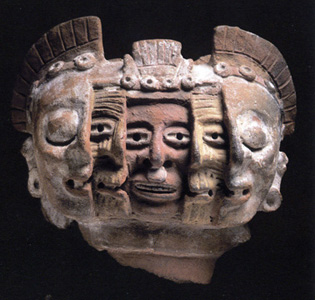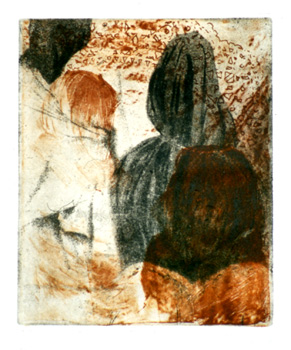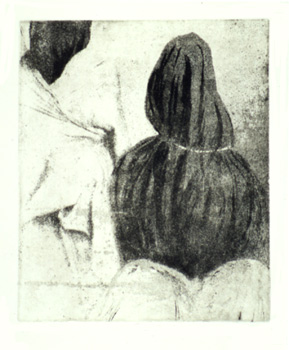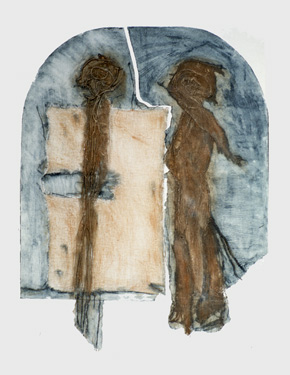anniversary & rocks
Well, today is this blog’s first anniversary and what a wonderful ride it has been. Many thanks to all you faithful readers and commentors and the still growing numbers of visitors who have been and are still making this new adventure such a pleasure for me!
It’s like receiving a birthday present to find an email this morning from artist and keen rock art researcher-explorer Loit Joekalda of Tallinn, Estonia. He writes that Finnish photographer Ismo Luukkonen has updated his web site of rock art photos taken in Finland, Sweden, Norway and Portugal.
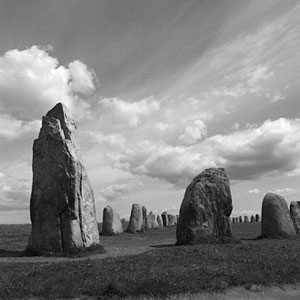
Alas stenar, Kaseberga, Skana, Sweden by Ismo Luukkonen
Some of the navigating is a little confusing but this page gives additional direction. New pages include the Traces of the Ancients which “introduces the layered landscape of south-west Finland. In the cultural landscape of the 21st century lie also marks of the prehistoric ages.”
Especially wonderful are the photographs of standing stones in Sweden at Two Tours, one of which I have borrowed above. I’m amazed to learn that there are so many in Sweden. You may also enjoy his other subject matter as well, like the touches series.
Some long-time readers may remember that I wrote about Luukkonen’s site last summer, and about Norway’s petroglyphs with links to some Swedish and Danish ones as well. If you missed them, have a look!
